Luxury tin container...
Analysis of the differences in the global tin box market
1️⃣ Global application scenarios and market demand for tin boxes
Tin boxes (also known as metal boxes) are widely used in food, gifts, cosmetics and other industries due to their durability, sealing and environmental protection characteristics. The demand for custom tin boxes in different markets varies significantly, mainly reflected in product use, box type design and printing style.
---
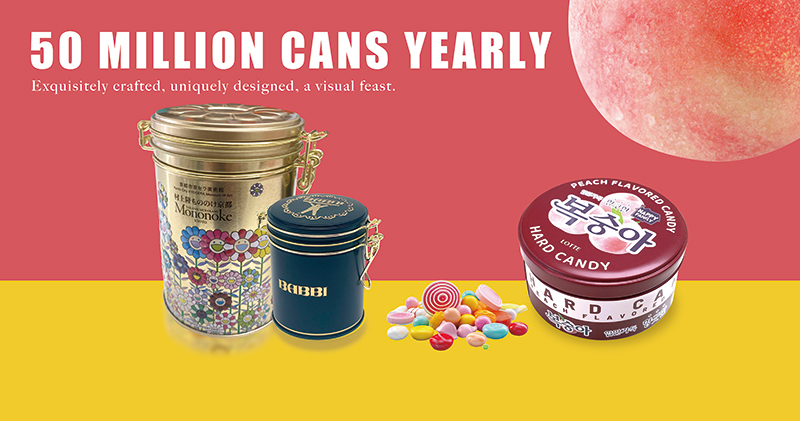
2️⃣ Regional market comparison: use and preference analysis
1. North American market
Use: mainly biscuit tin boxes and chocolate tin boxes, commonly used in holiday gifts (such as Christmas) and high-end food packaging.
Box type preference: simple square or cylindrical design, focusing on portability and reusability (such as attached handles).
Printing style: prefer matte texture and environmentally friendly ink printing, with natural elements (maple leaves, animals) or abstract geometry as the main patterns, emphasizing "simple and high-end".
Keyword demand: North American customers tend to cooperate with tin box manufacturers to develop environmentally certified recyclable metal boxes.
2. European market
Purpose: Mainly chocolate, tea and luxury packaging, customized tin boxes are often used for brand joint models or limited products.
Box type preference: retro shape (such as music box style), special-shaped box (heart shape, book shape), focus on craftsmanship details (embossing, magnetic opening and closing).
Printing style: classic European pattern, hot stamping/silver craft, preference for low saturation color matching (Morandi color system) and hand-painted illustration style.
Supply chain characteristics: European customers value the sustainable development qualifications of tin box suppliers (such as FSC certification).
3. Middle East market
Purpose: holiday gifts (Eid al-Fitr, wedding) and dried fruit candied fruit packaging, prefer luxury.
Box type preference: large-capacity multi-layer design, the box lid is often inlaid with a transparent window to display the contents.
Printing style: high-saturation colors such as gold and emerald green, matched with traditional Islamic patterns (vines, star and moon patterns), and the hot stamping process is highly used.
Purchasing trend: Local tin box manufacturers mostly provide customized design services with religious and cultural elements.
4. Southeast Asian market
Use: Mainly biscuits, candies and traditional pastries packaging, focusing on moisture-proof function.
Box type preference: Lightweight small round cans or hexagonal boxes, some of which are designed to be stackable and storage-friendly.
Printing style: Bright contrasting colors (such as pink + emerald green), tropical flowers (orchids, banana leaves) and folk patterns (batik texture).
Cost sensitivity: Prefer to choose metal box suppliers from China or Vietnam to reduce procurement costs.
5. Japanese and Korean market
Use: Snacks, cosmetics and stationery storage boxes, emphasizing "cute" design and IP co-branding.
Box type preference: Mini portable (palm size), drawer-type layered box, with ribbon decoration.
Printing style: Anime IP image, macaron color system, some use local UV technology to highlight the texture.
Customization requirements: Japanese and Korean customers require tin box manufacturers to provide small batch and high-precision printing services.
6. Australian market
Use: outdoor sports food (energy bars), red wine gift boxes and natural skin care product packaging.
Box type preference: rugged style (old metal texture), wide mouth design for easy access.
Printing style: Aboriginal art dot drawing, surfing/kangaroos and other local elements, mostly matte monochrome printing.
Environmental protection requirements: metal box suppliers that have passed the Australian Environmental Protection Standard (APCO) are preferred.
---
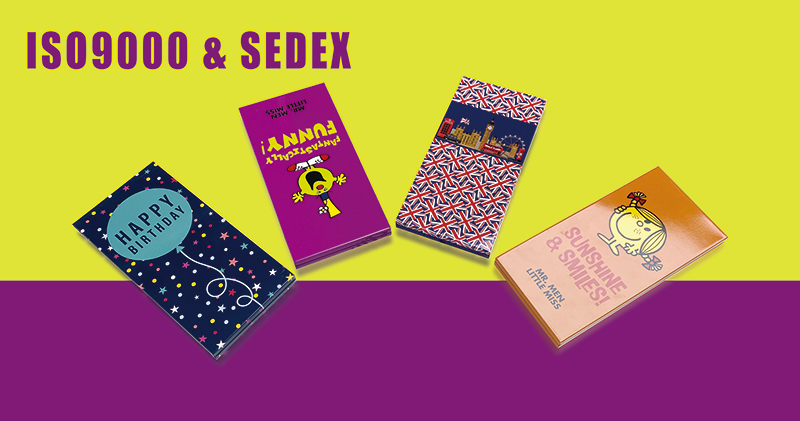
3️⃣How to choose a tin box supplier?
1. Clarify the target market demand: For example, Middle Eastern customers need to provide hot stamping technology, and the Japanese and Korean markets need to support IP authorized printing.
2. Verify supplier qualifications: Confirm that the manufacturer has international certification (such as ISO, BSCI) and cross-regional design capabilities.
3. Proofing test: Test the sealing and printing durability of tin boxes according to humidity and transportation conditions in different regions.
---
4️⃣Conclusion
From the North American minimalist style to the Middle Eastern luxury, the global market demand for customized tin boxes shows distinct regional characteristics. Whether it is the functional optimization of biscuit tin boxes or the cultural adaptation of chocolate tin boxes, choosing a tin box supplier with both design capabilities and production experience will be the key for brands to seize the international market.
.jpg)



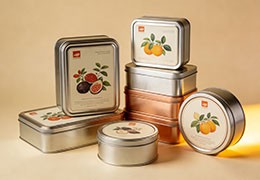
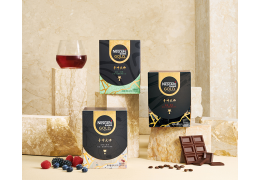
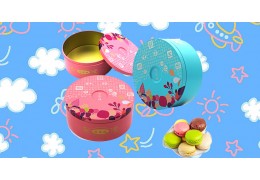
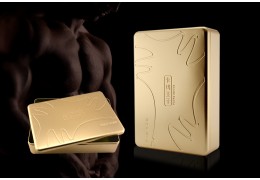
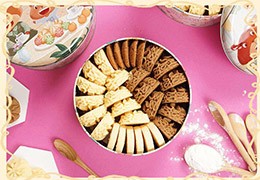
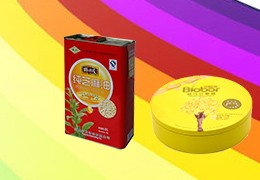

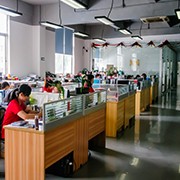


Latest comments